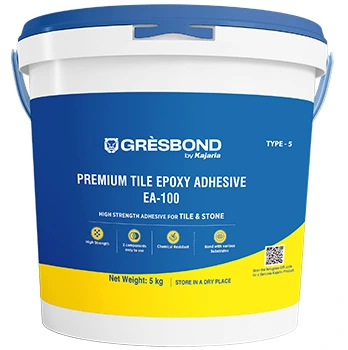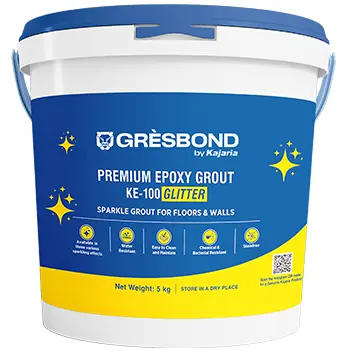Reasons for Cracks in Marble Flooring

Reasons for Cracks in Marble Flooring
Marble flooring is a popular choice for its timeless elegance and durability. However, even the best marble for flooring can develop cracks over time due to various factors. These cracks can be a result of improper installation, heavy impact, or natural settling of the building. Addressing these cracks promptly is crucial to maintaining the aesthetic appeal and structural integrity of your flooring.
Common Causes of Cracks in Marble Flooring

- Subfloor Issues: An uneven or unstable subfloor can lead to cracks. Make sure the subfloor is properly prepared and level before installing marble.
- Improper Installation: Using the wrong adhesive, not allowing enough curing time, or poor installation techniques can cause cracks. Always ensure professional installation.
- Temperature Fluctuations: Marble expands and contracts with temperature changes, which can cause cracks. Avoid sudden temperature shifts and direct sunlight.
- Heavy Loads: Heavy furniture can create pressure points, leading to cracks. Use protective pads under heavy items to distribute weight evenly.
- Water Exposure: Water can seep into marble and weaken it, causing cracks. Regularly seal your marble floors and avoid standing water.
- Natural Faults in the Stone: Marble may have natural weaknesses that can crack under stress. Choose high-quality marble with fewer faults.
- Inadequate Support: Ensure full adhesive coverage and proper edge support during installation to prevent cracks.
How To Protect Marble Flooring From Damages And Cracks?

- Level Subfloor: Ensure the subfloor is level and stable.
- Proper Installation: Use the right adhesive and allow adequate curing time.
- Temperature Control: Minimize direct sunlight and sudden temperature changes.
- Protective Measures: Use pads under heavy furniture.
- Seal the Marble: Regularly seal to prevent water infiltration.
- Choose Quality Marble: Invest in high-quality marble with fewer natural faults.
- Marble Crack Filler: Using a high-quality marble crack filler can effectively seal small cracks, preventing them from expanding. This filler is usually a paste that matches the color of the marble, ensuring a seamless repair.
- Marble Crack Repair Epoxy: For larger cracks, a marble crack repair epoxy can be used. This epoxy is designed to bond the marble tightly, providing a strong and durable fix. It’s essential to choose an epoxy that is specifically formulated for marble to avoid discoloration.
- Granite Crack Repair: While similar in composition, granite crack repair techniques can also be applied to marble flooring. The process involves filling the crack with a suitable adhesive, followed by polishing to restore the smooth surface.
Preventing Future Cracks
To avoid future cracks in your marbles for home floor, it's important to maintain them properly. Regular cleaning, avoiding heavy impacts, and controlling temperature fluctuations can extend the life of your marble flooring. Additionally, selecting the best marble flooring during the initial installation can make a significant difference in the durability and longevity of your floors.
By following these tips, you can maintain the beauty and durability of your marble floors.
For best marble flooring solutions, visit GRESBOND by Kajaria, offering high-quality adhesives, grouts, and tile cleaners to ensure your floors remain in top condition.














